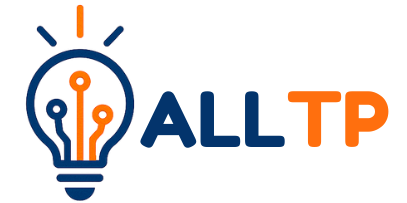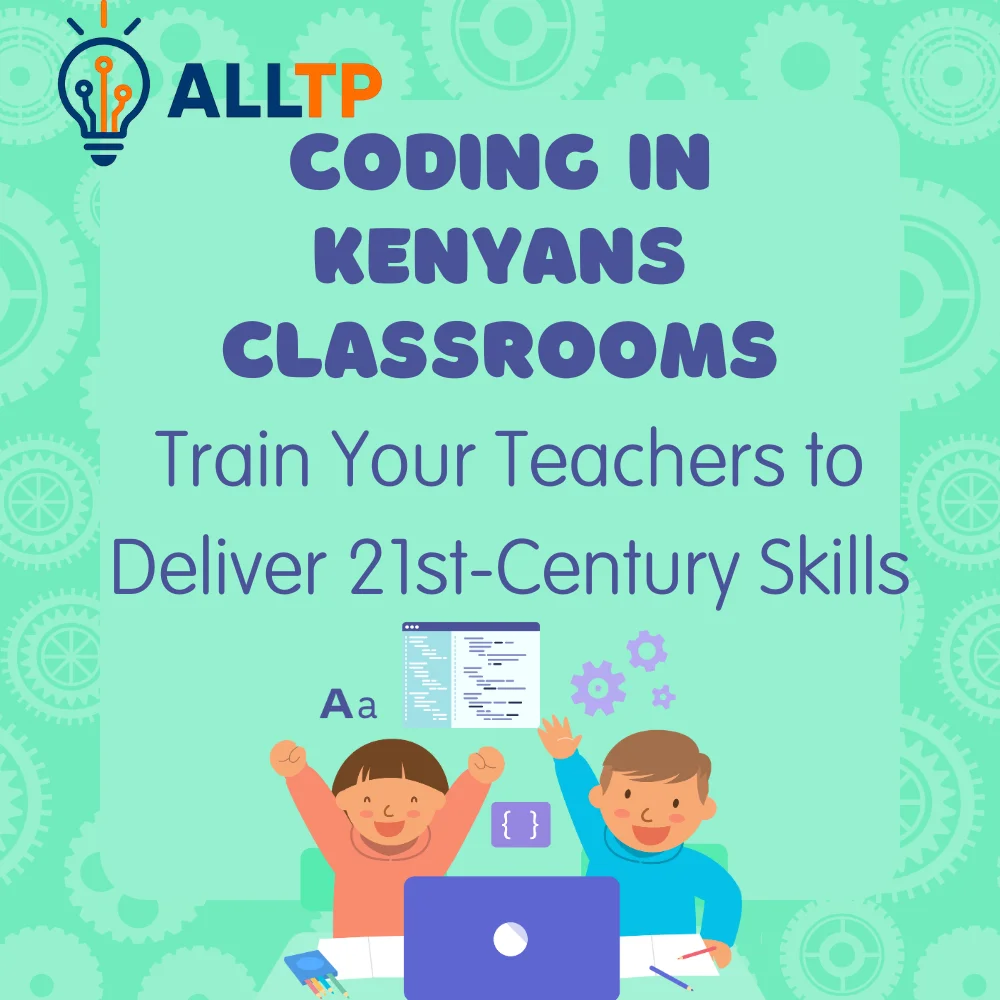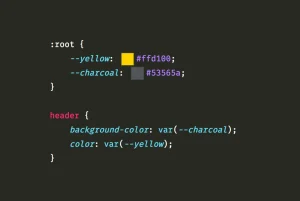21st-century skills, such as problem-solving, creativity, critical thinking, and digital literacy, are essential for preparing learners to succeed in today’s world. Kenya’s Competency-Based Curriculum (CBC) supports this by promoting practical, technology-driven learning, with coding as a perfect fit.
All Things Programming helps make this possible by offering free teacher training, a quality coding program, and affordable solutions that enable schools to integrate coding without straining budgets. Equipping teachers with these skills ensures students are ready for a tech-driven future.
Why Teachers Are the Gateway to Digital Literacy
In the context of coding Kenya, teachers are the critical link between education policies and real learning experiences in the classroom. While curriculum frameworks like CBC set the vision, it is teachers who bring that vision to life, translating policy into engaging, practical lessons for students.
Coding, often seen as a purely technical subject, goes far beyond learning programming syntax. It nurtures problem-solving skills, sharpens logical thinking, and encourages creative qualities that benefit students in every subject and in life beyond school.
The impact of teacher training in coding is exponential. When one teacher gains these skills, they can pass them on to dozens or even hundreds of students each year, creating a multiplier effect that transforms entire classrooms and, over time, whole communities.
CBC Alignment: Why Coding Fits Perfectly
Coding aligns seamlessly with the Competency-Based Curriculum (CBC) by fostering key competencies such as collaboration, creativity, and communication. Coding projects often require students to work in teams, share ideas, and solve problems collectively, directly reflecting CBC’s emphasis on interactive and practical learning.
It is also a powerful interdisciplinary tool, connecting with subjects like mathematics (through logic and algorithms), science (through simulations and data analysis), art (through design and animation), and entrepreneurship (through app and product development). This integration allows students to see how technology supports diverse fields, making learning more engaging and relevant.
By introducing coding early, schools prepare learners for global competitiveness and future job markets where digital skills are not optional but essential. Students gain the confidence and adaptability needed to succeed in a rapidly evolving, technology-driven world.
Barriers Schools Face in Adding Coding to the Curriculum
Despite its clear benefits, integrating coding into the school curriculum comes with challenges. Many schools face budget constraints that make it difficult to hire specialized ICT staff or invest in new programs. This is especially true for public and community schools, where funding priorities often focus on basic resources.
In rural and underfunded areas, limited infrastructure, such as insufficient computers, unreliable internet connectivity, or outdated equipment, can further hinder the adoption of coding lessons.
There is also a lack of awareness about affordable and sustainable training solutions that can empower existing teachers to deliver coding lessons without requiring expensive new hires or major infrastructure upgrades. As highlighted in research from the University of Nairobi, these barriers mean many schools miss opportunities to introduce students to essential digital skills, leaving them at a disadvantage in today’s technology-driven world.
Practical, Affordable Solutions for Teacher Training
One of the most effective ways to integrate coding into classrooms is through scalable, in-school capacity building. Instead of relying solely on external specialists, schools can upskill their current teachers to deliver coding lessons confidently. This approach ensures that digital literacy becomes a regular part of learning, not just a one-off activity.
Free and accessible training programs can empower teachers to incorporate coding into existing subjects, even in schools with limited resources. By focusing on practical teaching methods and adaptable lesson plans, these programs eliminate the need for hiring additional ICT staff.
All Things Programming is a strong example of this model, offering teacher-friendly, resource-light coding training at no cost. With a ready-to-use quality curriculum, schools can start delivering coding lessons immediately, making it an affordable and sustainable solution for preparing students for the digital age.
The Long-Term Benefits for Students and Schools
Investing in coding education through teacher training creates lasting value for both students and schools. Students gain future-ready skills that enhance their employability, from problem-solving and critical thinking to digital literacy, all of which are in high demand in today’s job market.
For schools, offering coding lessons increases their value proposition to parents and communities. It positions the institution as forward-thinking and committed to preparing learners for the realities of the modern world, which can attract more enrollments and community support.
Teachers also grow professionally, building confidence in their ability to teach modern subjects and adopting innovative, tech-driven teaching methods. This professional development benefits not just their current classrooms but also their long-term careers in education.
Conclusion
School leaders and education stakeholders have a unique opportunity to shape Kenya’s future by prioritizing teacher training when it comes to coding for beginners. By equipping educators with the skills and resources to deliver digital literacy, we can ensure that every student, regardless of location or background, is prepared for the demands of a tech-driven world.
Collaboration is key. When schools, government agencies, NGOs, and training providers work together, coding can become a standard part of learning across the country. Now is the time to join forces and make coding accessible in every Kenyan classroom, empowering the next generation to innovate, compete, and thrive.




